About Sweet Paratha
As the name suggests these are sweet tasting parathas. They are also known as ‘Meetha Paratha’. The word “meetha” in Hindi translates to sweet or sweetened. Paratha is a layered flat bread. I knew about sugar puri which my mother used to make for us when we were kids. But I never heard of sugar paratha until I met my mother-in-law who is a fabulous cook and makes awesome Punjabi food. I learnt to make this sweet tasting paratha variant from my mom-in-law where the flatbreads are stuffed with sugar. I have learned many types of stuffed paratha variants from her like Aloo Paratha, Gobi Paratha, Mooli Paratha and Paneer Paratha. Of course the sweetener in these meetha paratha is sugar, but you can also use jaggery powder or grated jaggery. The sugar melts and caramelizes in the process of roasting these parathas. So you have a caramelized sugary taste in the paratha and this what makes these parathas unique. While making this sugar paratha, you have to use fine sugar because if you use sugar with larger granules then they will come out of the paratha and will spoil your tawa or frying pan by getting caramelized or burnt and sticking on it. The raw sugar which I use has very fine sugar granules and they don’t come out of the paratha and thus don’t make mess on the tawa or skillet. If you have larger sized granulated sugar then you can powder them in your dry grinder or blender or spice grinder. As an alternative you can also make this paratha with fine jaggery powder. It is better to use organic jaggery powder as there are no impurities in it. Like this sugar paratha, another common recipe in Punjab for kids is ‘Churi‘. In this dish, the roti is mashed along with sugar and some ghee and it becomes very soft, yummy and sweet and is served in a bowl. We have fond memories of eating these sweet paratha as well as ‘churi’ in his childhood days.
Few Points To Keep In Mind
How to make Sweet Paratha
- First knead a smooth and soft dough with 2 cups of whole wheat flour, about ⅓ to ½ cup water or as required, 1 to 2 teaspoons oil or ghee and with ¼ teaspoon salt or as needed. Cover the dough in a bowl and rest it for 20 to 30 minutes. Later portion and roll the dough into medium sized balls. Cover and set aside. Now dust a rolling board with some whole wheat flour. Place one medium sized dough ball on the dusted rolling board. Roll this into a circle of about 3 or 3.5 inches with a rolling pin. Sprinkle 2 to 3 tablespoons fine or superfine sugar or more all over the rolled dough, except the edges.
- Bring the edges together and press them in the center, like we do for stuffed parathas.
- Roll the stuffed dough again evenly on a dusted board or work surface.
- On a hot tawa or skillet or frying pan, fry the paratha till ¼ done on one side. Flip and apply oil or ghee on this partly cooked side.
- Roast the other side till ½ cooked. Flip and apply ghee on this side now. Flip a couple of times more till the parathas are browned from both sides. They should be cooked well. 6: As you can see in the below photo, the paratha has many brown spots. Usually the sugar paratha has more brown spots. How much the paratha will become brown also depends upon the type of sugar. I have made these parathas with different varieties of sugar. If we make it with jaggery powder then it is slightly more brown in color than when we make it with sugar. Serve them hot as they are prepared. Do not let them rest or cool as the sugar will become chewy or harden after cooling. Make all parathas this way and serve hot for best taste and flavor. If you are looking for more Paratha recipes then do check:
Palak parathaPudina parathaPeas parathaMethi parathaOnion paratha
Please be sure to rate the recipe in the recipe card or leave a comment below if you have made it. For more vegetarian inspirations, Sign Up for my emails or follow me on Instagram, Youtube, Facebook, Pinterest or Twitter. This Sugar Paratha Post from the blog archives first published in April 2013 has been republished and updated on 22 July 2021.
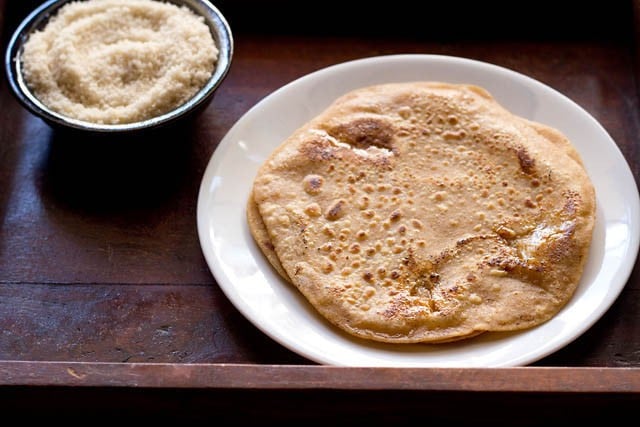
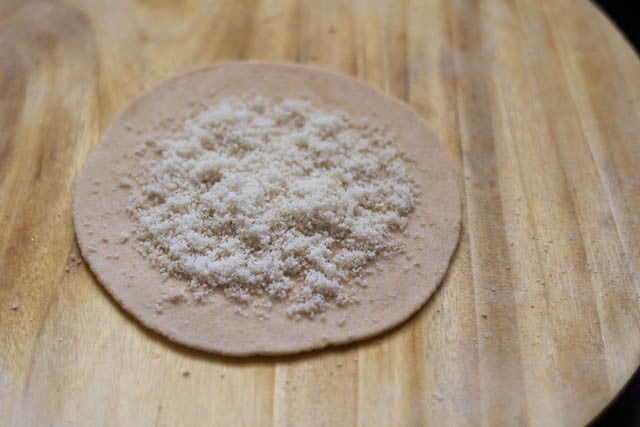
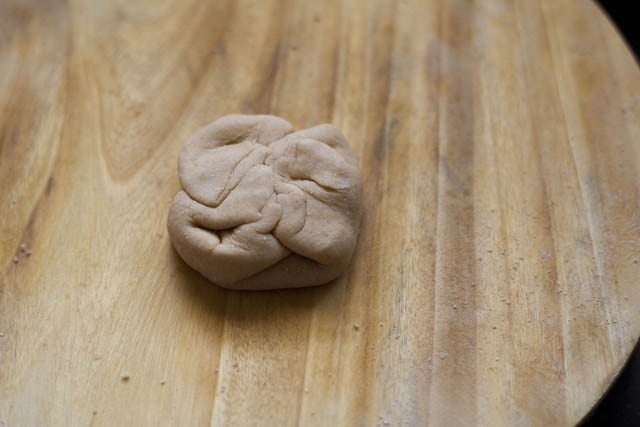
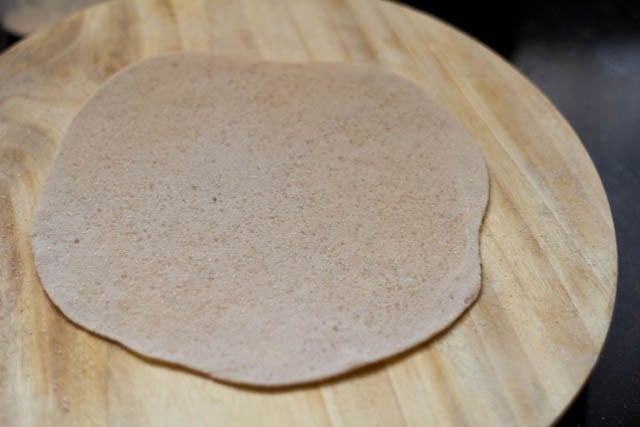
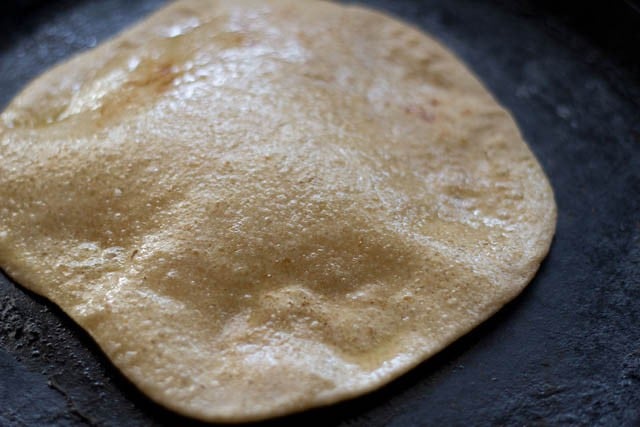
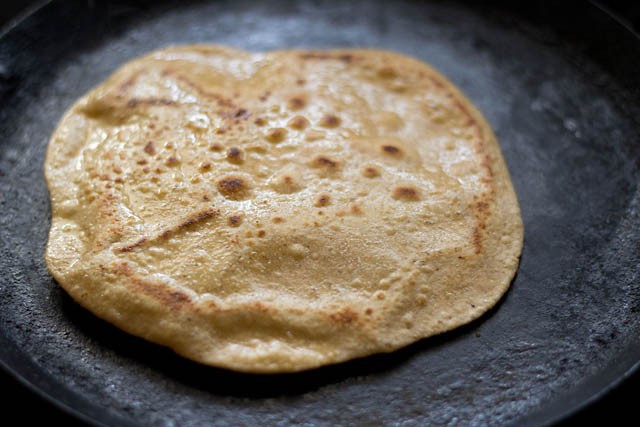
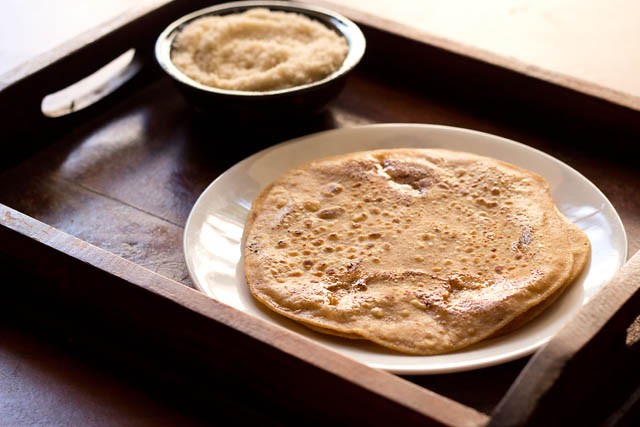
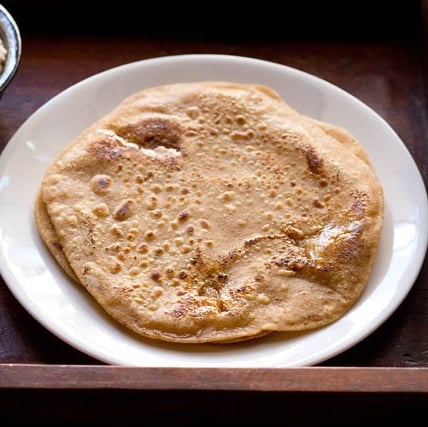
title: “Sweet Paratha Chini Ka Paratha " ShowToc: true date: “2024-09-15” author: “Emma Parker”
About Sweet Paratha
As the name suggests these are sweet tasting parathas. They are also known as ‘Meetha Paratha’. The word “meetha” in Hindi translates to sweet or sweetened. Paratha is a layered flat bread. I knew about sugar puri which my mother used to make for us when we were kids. But I never heard of sugar paratha until I met my mother-in-law who is a fabulous cook and makes awesome Punjabi food. I learnt to make this sweet tasting paratha variant from my mom-in-law where the flatbreads are stuffed with sugar. I have learned many types of stuffed paratha variants from her like Aloo Paratha, Gobi Paratha, Mooli Paratha and Paneer Paratha. Of course the sweetener in these meetha paratha is sugar, but you can also use jaggery powder or grated jaggery. The sugar melts and caramelizes in the process of roasting these parathas. So you have a caramelized sugary taste in the paratha and this what makes these parathas unique. While making this sugar paratha, you have to use fine sugar because if you use sugar with larger granules then they will come out of the paratha and will spoil your tawa or frying pan by getting caramelized or burnt and sticking on it. The raw sugar which I use has very fine sugar granules and they don’t come out of the paratha and thus don’t make mess on the tawa or skillet. If you have larger sized granulated sugar then you can powder them in your dry grinder or blender or spice grinder. As an alternative you can also make this paratha with fine jaggery powder. It is better to use organic jaggery powder as there are no impurities in it. Like this sugar paratha, another common recipe in Punjab for kids is ‘Churi‘. In this dish, the roti is mashed along with sugar and some ghee and it becomes very soft, yummy and sweet and is served in a bowl. We have fond memories of eating these sweet paratha as well as ‘churi’ in his childhood days.
Few Points To Keep In Mind
How to make Sweet Paratha
- First knead a smooth and soft dough with 2 cups of whole wheat flour, about ⅓ to ½ cup water or as required, 1 to 2 teaspoons oil or ghee and with ¼ teaspoon salt or as needed. Cover the dough in a bowl and rest it for 20 to 30 minutes. Later portion and roll the dough into medium sized balls. Cover and set aside. Now dust a rolling board with some whole wheat flour. Place one medium sized dough ball on the dusted rolling board. Roll this into a circle of about 3 or 3.5 inches with a rolling pin. Sprinkle 2 to 3 tablespoons fine or superfine sugar or more all over the rolled dough, except the edges.
- Bring the edges together and press them in the center, like we do for stuffed parathas.
- Roll the stuffed dough again evenly on a dusted board or work surface.
- On a hot tawa or skillet or frying pan, fry the paratha till ¼ done on one side. Flip and apply oil or ghee on this partly cooked side.
- Roast the other side till ½ cooked. Flip and apply ghee on this side now. Flip a couple of times more till the parathas are browned from both sides. They should be cooked well. 6: As you can see in the below photo, the paratha has many brown spots. Usually the sugar paratha has more brown spots. How much the paratha will become brown also depends upon the type of sugar. I have made these parathas with different varieties of sugar. If we make it with jaggery powder then it is slightly more brown in color than when we make it with sugar. Serve them hot as they are prepared. Do not let them rest or cool as the sugar will become chewy or harden after cooling. Make all parathas this way and serve hot for best taste and flavor. If you are looking for more Paratha recipes then do check:
Palak parathaPudina parathaPeas parathaMethi parathaOnion paratha
Please be sure to rate the recipe in the recipe card or leave a comment below if you have made it. For more vegetarian inspirations, Sign Up for my emails or follow me on Instagram, Youtube, Facebook, Pinterest or Twitter. This Sugar Paratha Post from the blog archives first published in April 2013 has been republished and updated on 22 July 2021.







